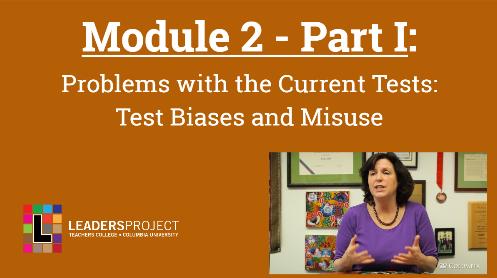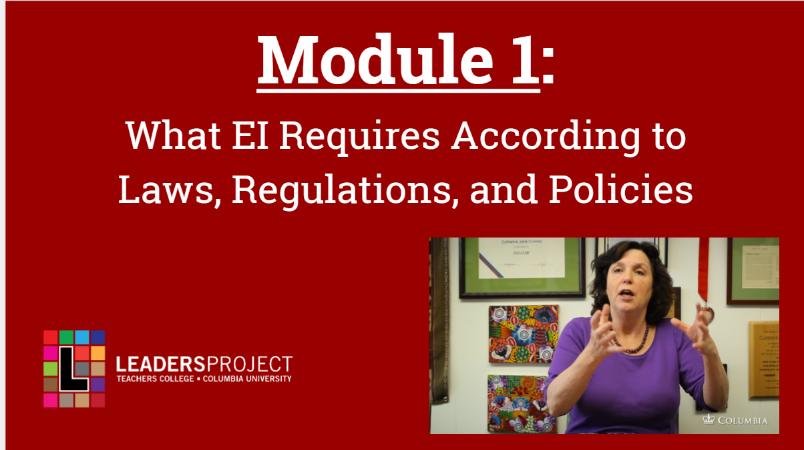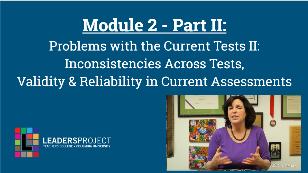(Betz, Eickhoff, & Sullivan, 2013) Factors Influencing the Selection of Standardized Tests for the Diagnosis of Specific Language Impairment
This study investigated how and why SLPs choose standardized assessments in their practice.
This study investigated how and why SLPs choose standardized assessments in their practice.
This study investigated narrative development in bilingual children as well as the possibility of an expressive-receptive language gap in the children’s L2.
This study compared current school-based SLP bilingual language assessment practices to those identified by Caesar and Kohler in 2007.
This study sought to understand school-based SLPs use a of language sample analysis in assessment.
This study investigated the accuracy of using modified scoring procedures on standardized tests in accurately differentiating between typically developing and language impaired nonmainstream dialect speakers.
This study investigates the status of Nonmainstream dialect speakers by comparing the language development of two kindergarten boys speaking Philippine English (PE). It investigates the usefulness of standardized tests as well as current level of academic language support with these populations.
In this playlist, Dr. Cate Crowley walks Early Intervention Evaluators through critical steps in conducting an Early Intervention evaluation considering current federal law, state regulations, clinical judgment, and evidence-based practice.

In this module, Cate will review city and state regulations, federal law, research-based practice in her discussion of what makes a linguistically and culturally appropriate EI evaluation. She will look more closely at commonly used Early Intervention assessments for areas of bias that may lead to misdiagnosis if used with children of diverse backgrounds and experiences.

In this first module, Cate discusses current NYCDOH laws and regulations regarding requirements for Early Intervention evaluations. She explains that, according to current regulations, evaluators are not required to use norm- and criterion-based tests in all EI evaluations. She talks about what is “significant enough” to require early intervention in New York City, and introduces the importance of using detailed clinical observations and informed clinical opinion in determining a child’s eligibility for services.

In this module, Cate continues discussing current issues of misuse of current standardized EI assessments. She then examines across-test inconsistencies across tests like the REEL-3, the Rossetti, Bayley-III, E-LAP, Brigance, DAY-C, amongst others. Finally, Cate will take a deeper look at the validity and reliability of these common assessments, and caution evaluators to rely on more than a standard score in determining disability eligibility for children before the age of three.